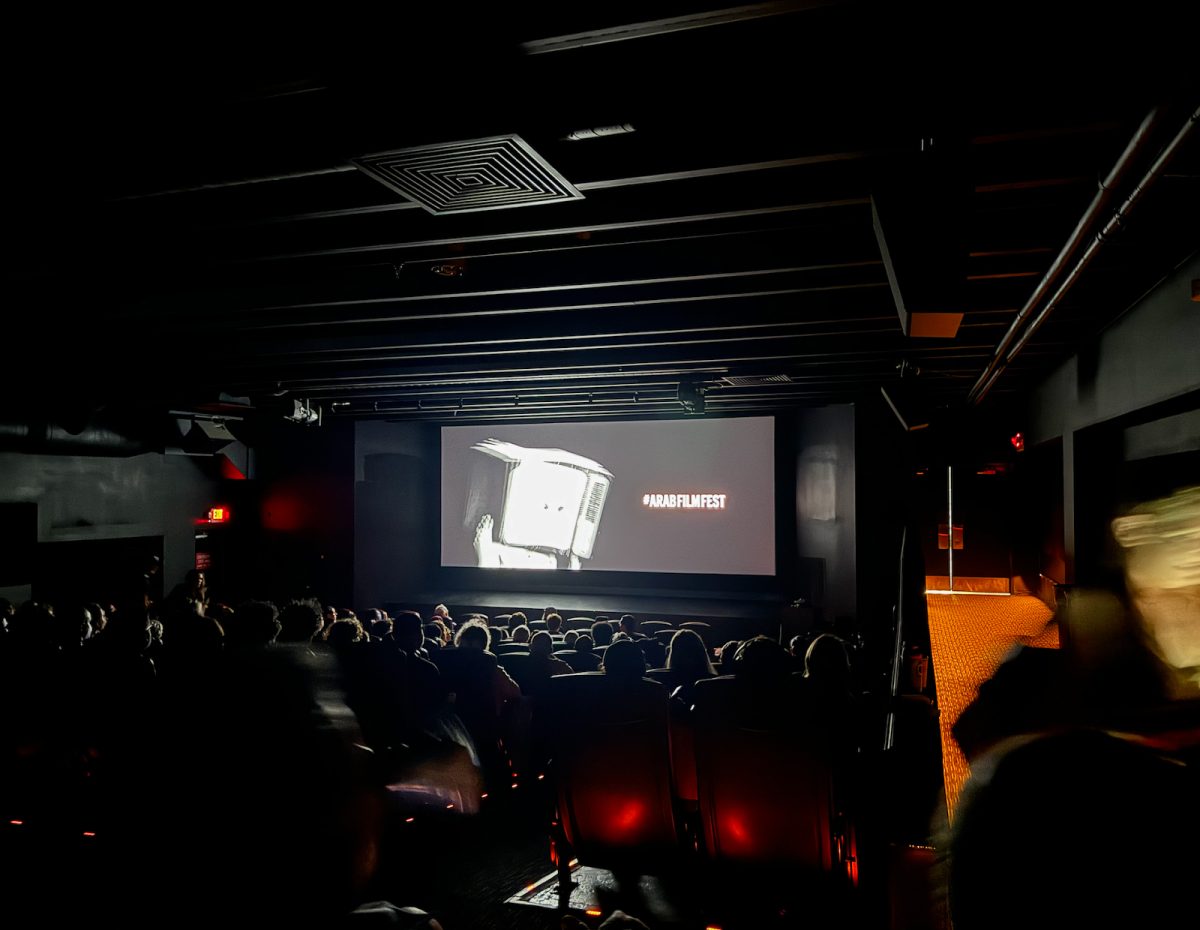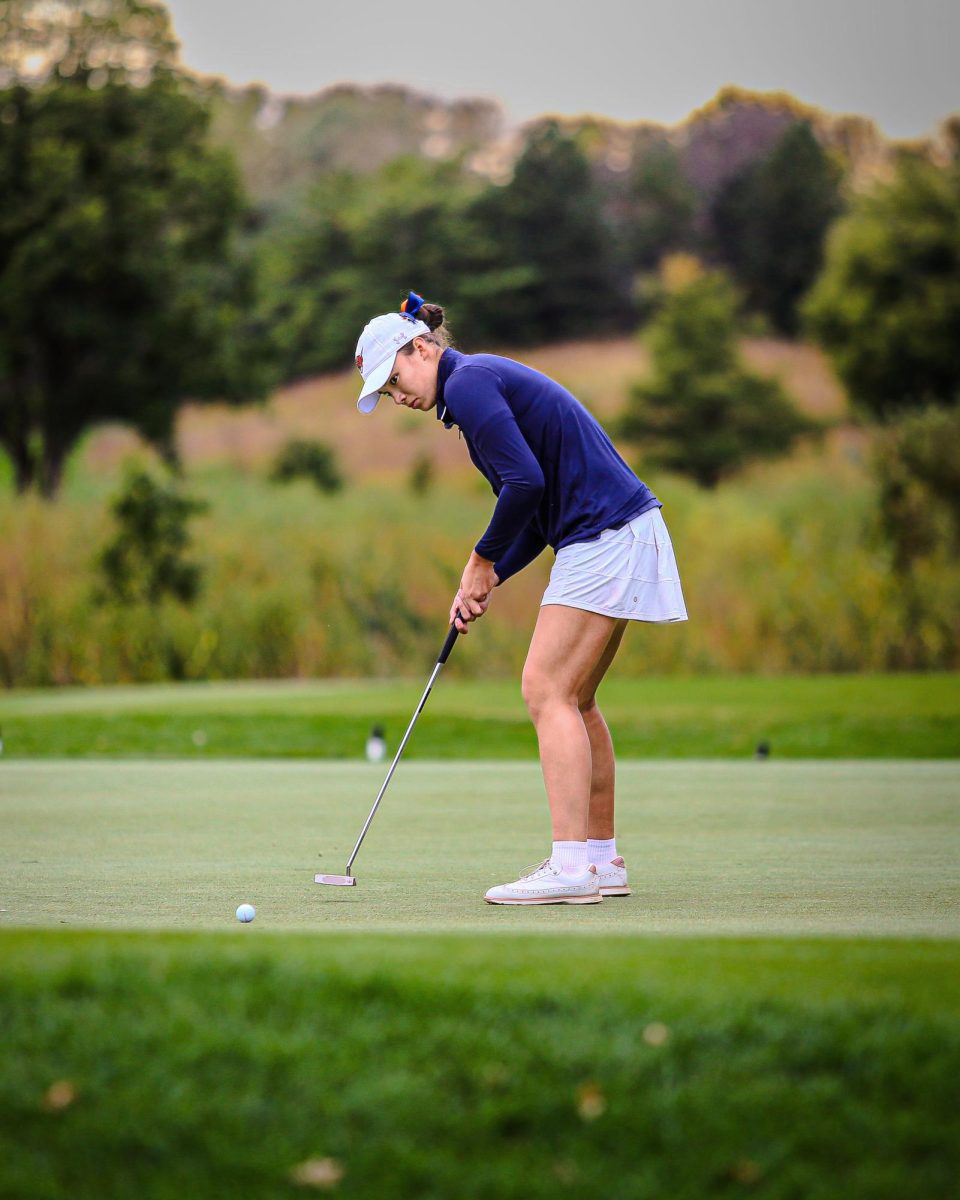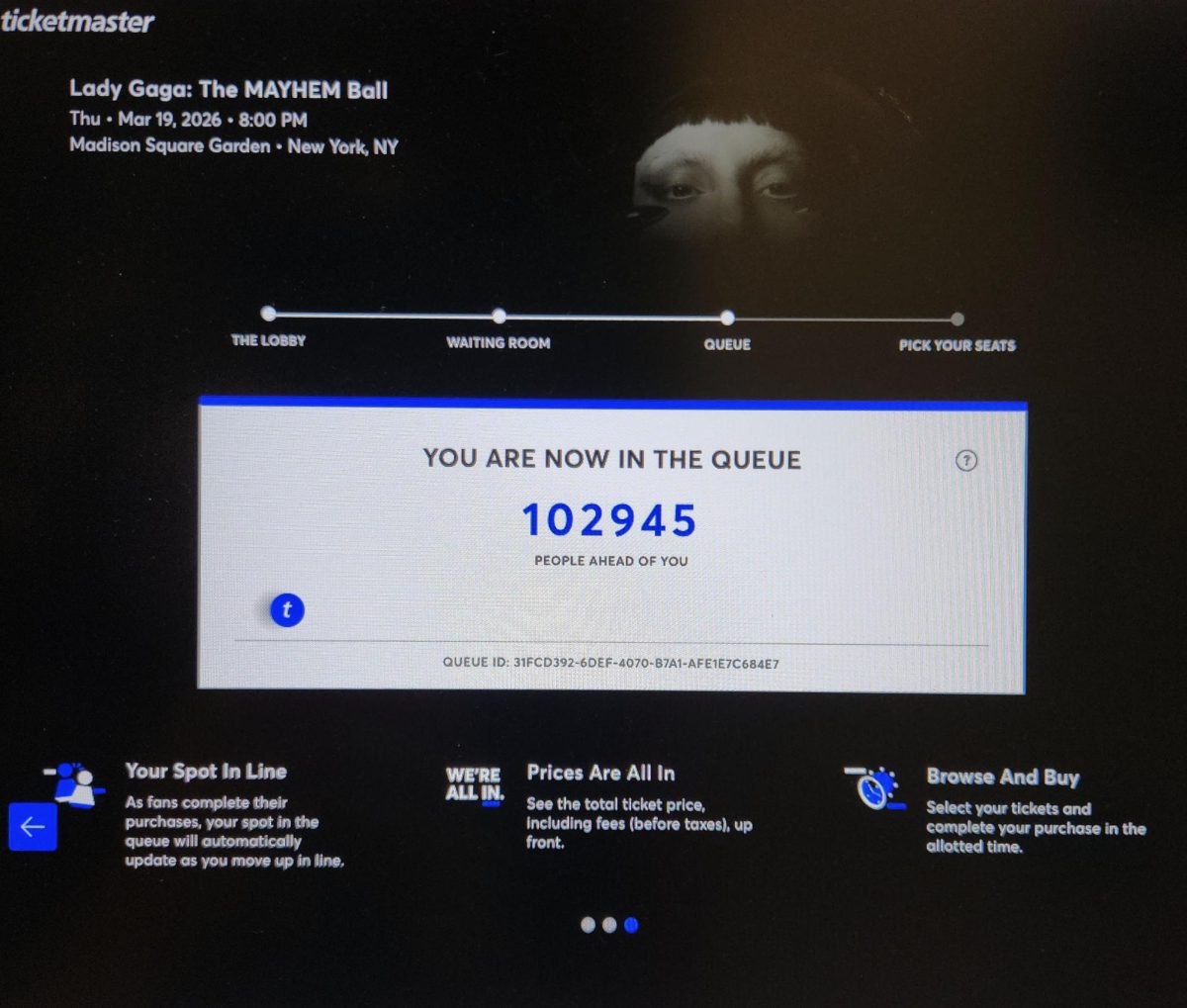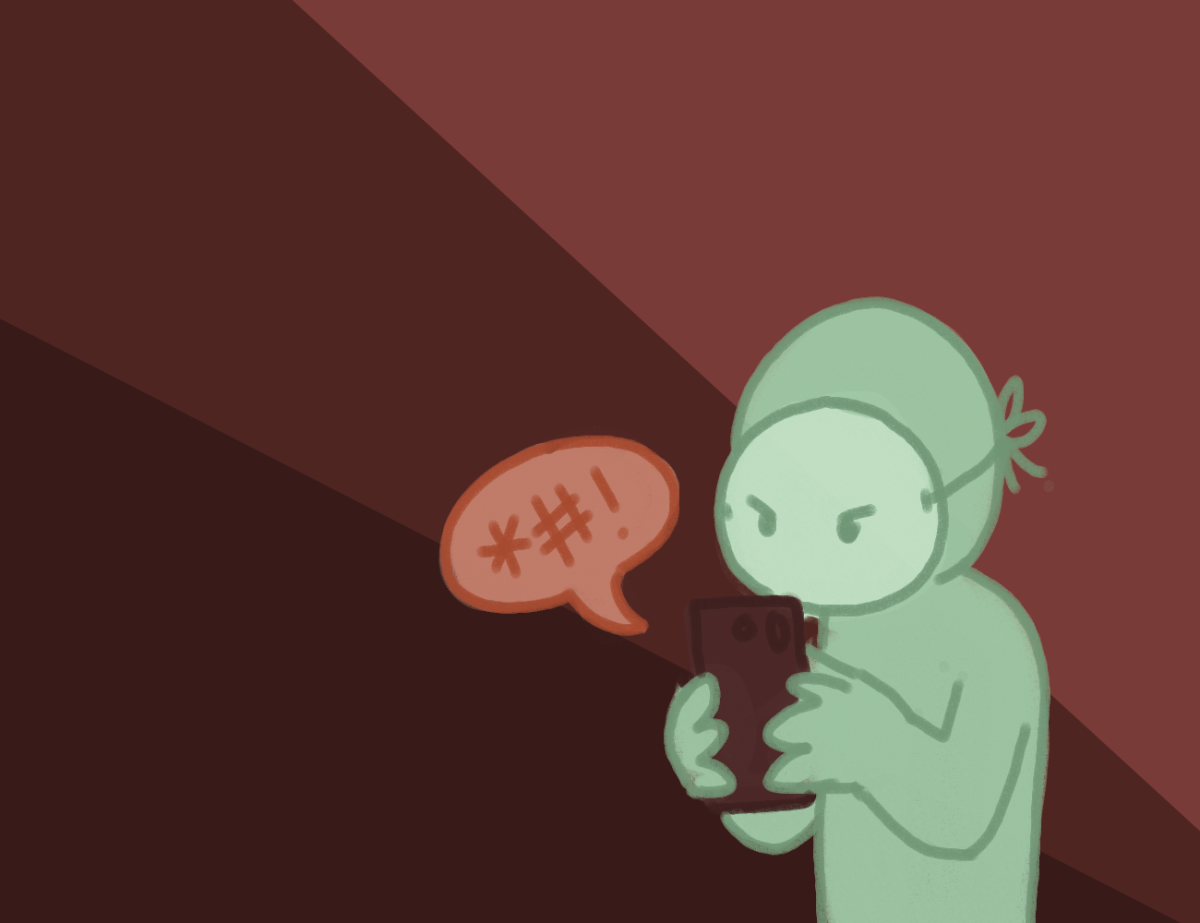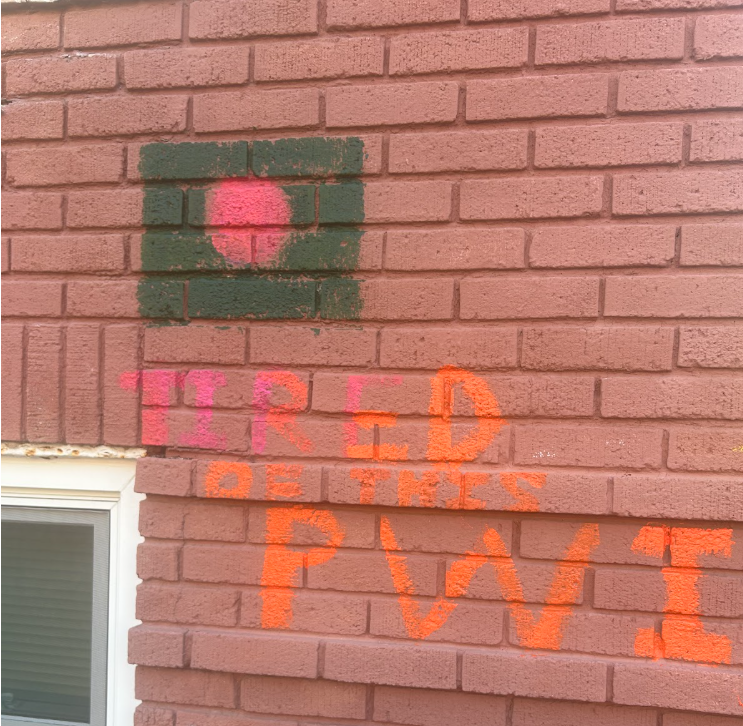Home-court advantage is a well-documented phenomenon in sports. Home teams held a record of 37-29 across all intra-conference play in the Minnesota Intercollegiate Athletic Conference (MIAC) in the 2023 volleyball season. Several concrete and established factors build up this home-court advantage: the boost of having a home crowd, the very short or no travel time and the psychological benefit of familiar surroundings, to name a few.
Something that almost never comes up is the direction of play itself. The cardinal direction a team is facing is generally only a factor in weather-affected games in outdoor sports — such as a football or soccer game where a persistent wind blows from one side of the field. In indoor sports, insulated from the weather, the direction of play is virtually never considered.
That’s why it was so surprising when I found out that, across the beginning of this current season and all of the last two seasons, the team that played on the north side of the Macalester volleyball court won 56.7% of sets played — 55 of 97 sets. I started compiling court direction data based completely on a hunch — a gut feeling that revolved around some of the Scots’ most exciting matches in recent years, those five-set thrillers that tend to stick in the memory. The most recent of these, against University of Minnesota-Morris, saw the Scots go back and forth, winning the first and third sets — both on the north side of the gym — before going into a decisive fifth frame. There, the Scots started out hot, cruising out to a 7-0 lead, then getting the set to 8-1. After the change of sides after 8 points in a fifth set, Morris was able to find a small degree of balance, but the opening run from the Scots was far too much for them to handle, and the Scots were able to close out a memorable five-set victory.
The way that both teams seemed able to stay on the front foot in the match while playing on the north side of the gym intrigued me, so I looked further. From 2022 onwards, there have been 27 games of volleyball played on the Doug Bolstorff Court at the Leonard Center (including tournament matches between non- Macalester teams) where it’s possible to infer which side each set was played on. For Macalester games, it’s easy; the Scots always start at the north end. For tournament matches between different non-Macalester sides, I had to use video to determine who played where.
I created a table using box scores, sorted — rather than by team — by which direction a team faced while playing a given set. In this table, I recorded both set-by-set results and total points tallies. Because of the side switch in the middle of the fifth set, I only included results from the first four sets of a match. The result: of 97 sets from 2022-2024 with a confirmed direction of play, 55 were won by the team playing from the north side of the court. Additionally, of 4,266 points played, 2,201 were won by the northern team — 51.6%.
In both points and sets, one would expect the distribution to be approximately 50/50, so the generic north-court team’s 56.7% success rate in sets comes somewhat as a surprise. If you flipped a coin 97 times, getting heads at least 55 times would happen only about 11% of the time. If you’ve taken a statistics class, you’ll know that this figure approaches (but does not reach) the level of probability generally required to consider an effect statistically significant. That means that the northside effect at the Leonard Center might just be down to lucky outcomes and that there’s nothing particularly special about playing volleyball from north to south on that court.
However, 11 of the games in the sample were won in straight sets and were never really close. In such contests, the skill levels between squads is relatively lopsided, and marginal court direction effects would be washed away by pure difference in form, since the difference between the quality of each team wouldn’t allow subtler factors to come into play. If we remove three-set matches from the dataset, we are left with a 64- set sample over the past three years and a striking effect: over that 64 set sample of sets played in relatively even matches, the north side team won 41, about 64%. Over those 64 sets, teams contested exactly 2,800 points, of which 1487, or 53.1%, were won by the team on the north side of the gym. The probability of one side winning 41 sets of 64 — if the odds of a set being won by a given side of play were 50/50 — is less than 2%, a statistically significant mark, making it probable that there is something different about playing from the north side that makes it advantageous.
It’s worth mentioning at this point that if the north side of the court does have an edge on the south, it still wouldn’t confer a competitive advantage to any given team; squads switch sides between each set and once in the middle of the fifth set to give each team equal opportunity from both sides of the gym, exactly for cases like this, where marginal effects mean one side of the court is slightly favored.
It also doesn’t mean that the flow of some matches can’t go against what the north-court effect would suggest: the competitive games sample includes Macalester’s September 2023 contest against Bethel University. In that game, the Scots went back and forth with the Royals, exchanging set wins all the way to a gritty fifth set where they held their nerve and fought back from a deficit, ultimately pulling off one of the program’s best wins in recent years.
In that match, every one of the first four sets was won by the team on the south side of the gym.
All that still doesn’t mean that it isn’t fun and interesting to notice and point out a statistical oddity such as this one — it is! And it’s more interesting still to try and find out why such an oddity might arise, why something about the Leonard Center gym makes it marginally — by two or three percent — advantageous to play out of the northern court as compared to the south side, just enough to eke out an edge for teams on the north.
There are several features of the Bolstorff Court that could lend that slight advantage to the north side of the gym: one candidate is its dimensions. Behind the court on the north side, a high, dark blue wall stretches up to the ceiling with essentially no obstructing features on it. Conversely, behind and above the south side sits a small viewing balcony with the upstairs entrances to the gym. On plays where digs are made on sharply hit attacks and the ball flies backward, the architecturally crowded south side of the court could make chasing down and salvaging those plays slightly more difficult, compared to the open air behind the court on the north side. Could that be where the boreal boost, as it were, originates?
It’s possible, but doubtful. First, the type of plays where the entrance balcony might play a role are rare. Additionally, in situations where an errant pass flies up beyond the baseline, the team having to chase that ball down usually loses the point anyway, balcony or not. The reason for the north court effect has to either be frequently relevant and provide a marginal advantage that adds up over time, or be infrequently relevant, but readily shift the outcome of relatively even points on those occasions where it becomes relevant.
Perhaps the reason is something that does affect every single play. Is it possible that it’s slightly easier to visually pick up the ball while facing south? The southern wall — the one that players on the north side face during play — has varied features: the aforementioned entrance balcony, the ground-level entrance and a small seating area. Conversely, the north wall is solidly dark blue, with a wood-texture ‘M’ decal across it and a window covered with white curtains about 30 feet up. Four-year team member Adisa Preston ’25 pointed out that the ball can sometimes be a little more difficult to pick up against the northern wall, especially those curtains over the window, while the contrast against the variations in the southern wall makes it easier to visually lock on.
“It seems more like a psychological impact that has to do with the contrast of the ball against the window … or against the Macalester wall,” Preston said, referring to the curtained window on the north wall.
Maybe, it’s something about the net assembly itself that confers that slight advantage. The Leonard Center’s descending net apparatus that hangs from the ceiling sets it apart from the rest of the MIAC, — none of Macalester’s athletic conference opponents have such an assembly, and it makes game setup much easier. It also seems to be the most likely cause behind the northern-court effect; particularly, the two diagonally hanging arms that control the movement of the net from storage mode (flush with the ceiling) to matchplay mode. If the ball touches one of these beams, the opponent wins the point — it’s equivalent to hitting the net antennae. They also ever-so-slightly crowd the court, tightening angles for some outside attacks. You’ve probably already guessed where this is going, but these arms hang over — and virtually only affect — the south side of the court.
These arms are also the other possibility that Preston put forth for causing the intriguing statistical effect, besides the window: “there’s kind of an obstruction on the net … there’s also a second bar that comes down, and that second bar, it doesn’t affect play very often but sometimes it does,” Preston said.
By occasionally complicating southern outside attacks and by intercepting the odd stray pass, it is entirely possible that this is where the north side advantage originates. That part of the court probably only comes into play 3 or 4 times a match on average — but do you remember how slim the north side advantage was in terms of points won? The north team only wins 51.6% of points; 53.1% in competitive games. It just so happens that a slim 3% difference compounds enough to produce a 56.7% win rate in sets played, while a 6% gap in close games allows one side to win 64%.
All this is not to critique the Leonard Center’s design. The purpose of this article is just to point out a statistical oddity in Macalester sports and have some fun with numbers while doing it. So, the next time you watch a volleyball match at the Leonard Center and the team playing on the south side loses a point via the ball hitting that particular part of the net mechanism, remember that that rare occurrence is enough to manifest, over a large sample size, an interesting statistical effect. This all is nothing more and nothing less than silly sports statistics at its best: this effect has no bearing on competitive balance — it’s not very important — while still being an intriguing departure from what you would expect.


